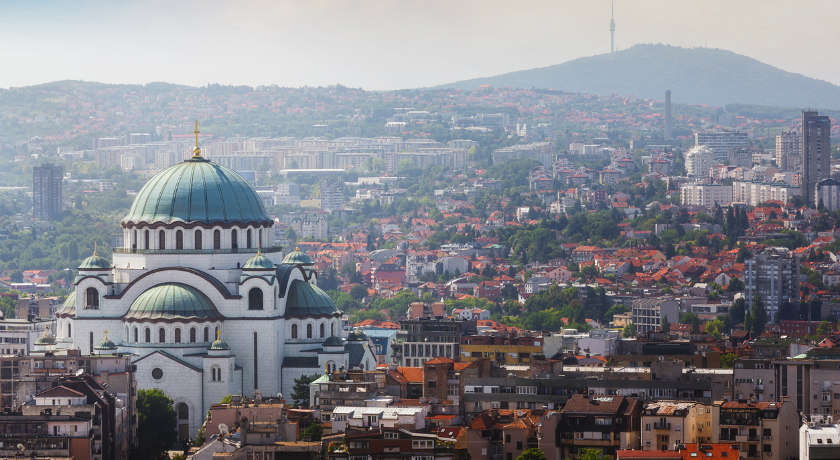On a recent trip to Southeast Europe, we discovered something fascinating: The former Yugoslavia, to Serbians, was the perfect example of communism. But chat with some locals and chances are they'll mention that it was really "Titoism," named after President Josip Broz Tito, that propelled the country to be the socialist, independent nation that it had become. Even today, after Yugoslavia's collapse, many are proud of their former leader and his lax communist approach. For your own glimpse of Yugo-nostalgia, here's a communist tour of Belgrade that covers the rise and fall of Tito.
Tito’s House of Flowers: Any communist tour in Belgrade begins at Tito's residence and mausoleum. Inside, you'll find his desk, uniforms, gifts from countries around the world, and, of course, his favorite gardens in which he strolled through daily. The House of Flowers documents the life of Tito, highlighting everything from his upbringing in Croatia to his obsession with filmography and Americana. It's an impressive glimpse into the life of a feared world leader.
Bombed Military Headquarters: One of the lasting images of war in Belgrade is the NATO-bombed military headquarters on the corner of Nemanjina and Knjaza Miloa. You'll have no problem finding it, considering about six floors in the eight-story structure have collapsed. The building was hit numerous times during the NATO campaign in the late '90s, and, at the end of the war, Serbs considered it too damaged to repair. Today, it remains in dilapidation and stands as a morbid tourist attraction.
Branko's Bridge: In a very contrasting story, Branko's Bridge got a second life thanks to the war. It was suspected to be a bombing target for NATO, because it connects New Belgrade across the Sava River, and to combat this young Serbs took to the bridge and designated it a party site -- dancing the night away on the bridge named for "brotherhood and unity" by the communist party. Today, it's a vibrant attraction filled with intricate graffiti artworks, including a portrait of Robin Williams that was erected after his death.
The government building district: Following the years after the NATO bombings, Serbia's government went through another overhaul. Leader Slobodan Milošević was overthrown and tried for war crimes against Kosovo, Bosnia, and Herzegovina. A more liberal leader, Zoran Dindić, took over in 2001, and progress seemed to be on the horizon. That is, until Dindić was assassinated in front of a government building in 2003. Ultimately, the attempt to Westernize and unwrap the Serbian Mafia led to his death.

